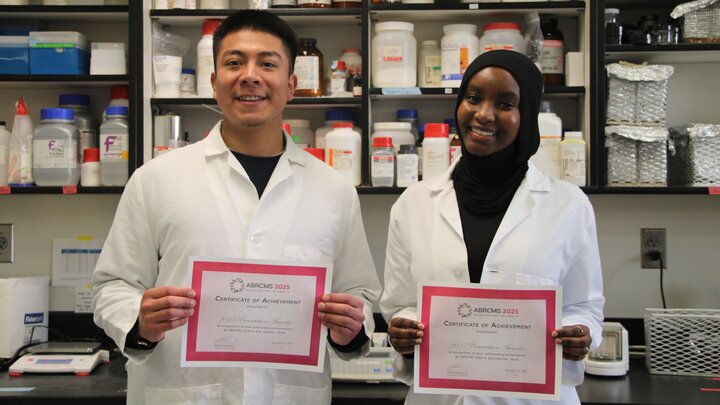The Prather Lecture will be Thursday, April 28, 2016 at 3:30 pm in Hamilton Hall 112.
This year's Prather Lecturer is Dr. Alexander Johnson. Dr. Alexander Johnson is a professor of microbiology and immunology at the University of California, San Francisco (UCSF), where he serves as the Vice Chair of the Department of Microbiology and Immunology and Director of PIBS (Program in Biological Sciences). He received his BA in Molecular Biology from Vanderbilt University in Nashville, Tennessee. Moving to Cambridge, Massachusetts, he began his doctoral work studying the molecular mechanism of gene repression in bacteriophage lambda in the lab of Mark Ptashne at Harvard University, where he completed his Ph.D. in Biochemistry in 1980. Johnson continued investigating the mechanisms behind gene regulation for his postdoctoral work in the laboratory of Ira Herskowitz in the Department of Biochemistry and Biophysics at UCSF. Switching from study of phage to the model yeast, Saccharomyces cerevisiae, he investigated the transcriptional regulator MATα2 in regulating cell-specific gene expression. In 1985, he joined the faculty at UCSF where he has been since. His accomplishments include publication of more than 140 peer-reviewed journal articles and service as the former Director of the Tetrad Graduate Program at UCSF. In 2007, he was elected to the American Academy of Arts and Science. In 2011, he was elected to the National Academy of Sciences. He continues to explore the molecular mechanisms that underlie the evolution of transcriptional circuit rewiring in unicellular eukaryotic organisms, including S. cerevisiae and the human opportunistic pathogen, Candida albicans.
Dr. Johnson will be presenting "How Transcription Circuits Evolve and Produce Biological Novelty." Transcription circuits in cells are often viewed as optimized solutions, sculpted by the power of natural selection. But can this view account for the basic logic of transcription circuits? Why, for example, are some genes controlled positively, others negatively and some by both mechanisms? Why is cooperative assembly of regulatory proteins on DNA so common? Why do many circuits seem bewilderingly complex? To rationalize the structure of modern circuits, we have been examining the evolutionary processes that produce them. We have reconstructed the evolutionary history of several transcriptional circuits across a large portion of the fungal lineage (the ascomycetes which include Saccharomyces cerevisiae and Candida albicans) nominally representing 300 million years of diversification. Although the DNA-binding specificity of a given transcription regulators is often (but not always) preserved over these evolutionary times, the connections between regulators and the genes they control change rapidly. The ease of these wiring changes results from several basic features of transcription regulation, including regulatory protein modularity, cooperative binding, and the low information content of cis-regulatory sequences. Some wiring changes provide novel phenotypes, while others seem to preserve ancestral circuit output but alter the structure of the circuit through which that output is generated. We found that, over evolutionary time scales, circuits can move through different wiring solutions without disrupting the output and that this process results in high degrees of circuit diversification across species. We conclude that many aspects of modern transcription circuits are more easily explained through a knowledge of the evolutionary pathways of “least resistance” than through first-principle logic.
Dr. Johnson was chosen by the Genetics, Cellular and Molecular Biology (GCMB) graduate students in the School of Biological Sciences.
Suzanne Ott Prather Memorial Lecture Series
The Prather Lecture Series is made possible by an endowment to the School of Biological Sciences from the estate of the late Suzanne Ott Prather. Suzanne Ott Prather was a dedicated scientist and warm human being. In the last years of her life, she elected to work ably and constructively to teach and conduct research in immunology. She did both well until her illness made it physically impossible. During her short career, Suzanne Ott Prather published seventeen papers in the field of cancer and cancer associated viruses. Through this endowment, graduate students are able to meet and interact with an outstanding scientist.



